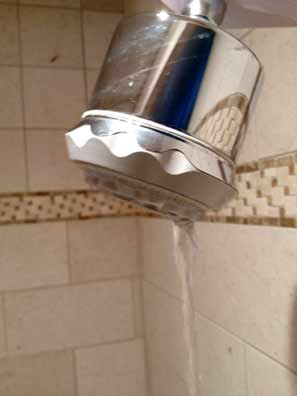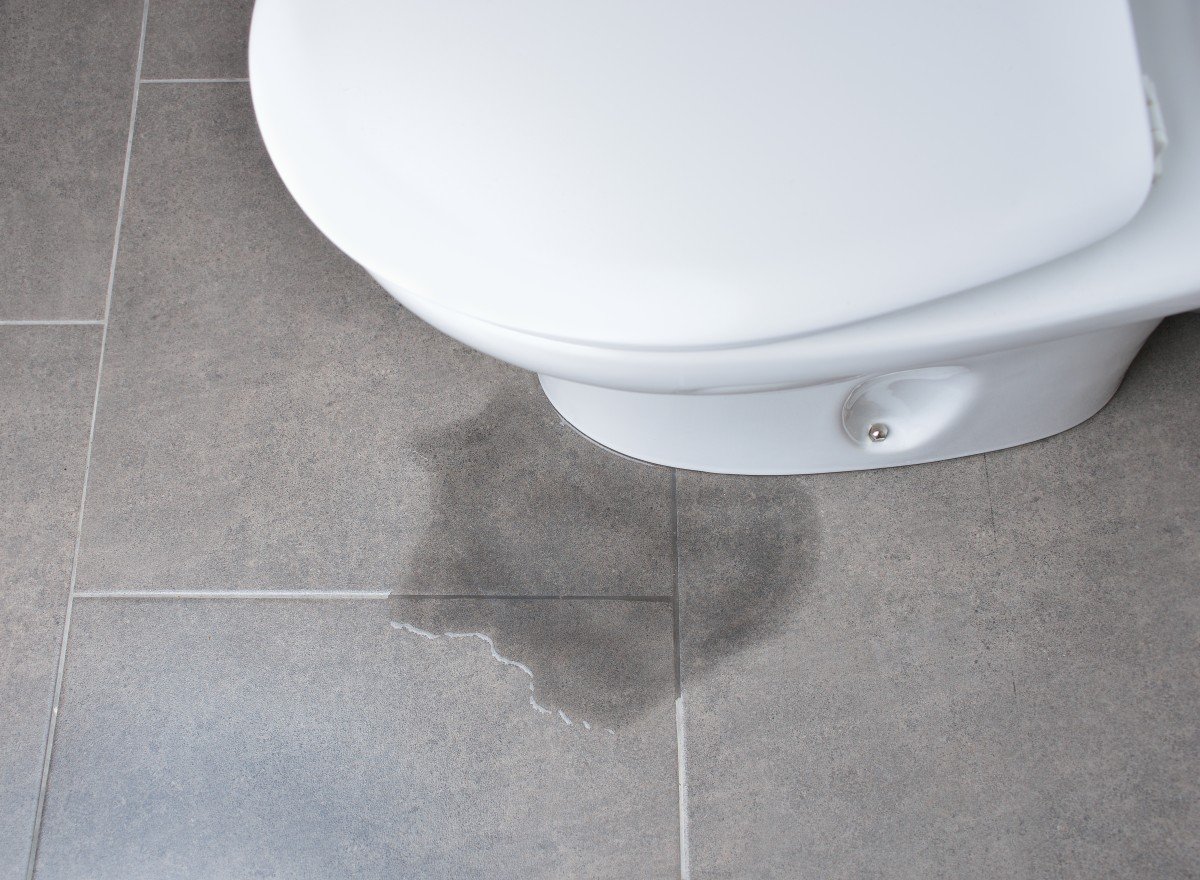Detecting and Dealing with Bath Water Leaks: Key Advice
Detecting and Dealing with Bath Water Leaks: Key Advice
Blog Article
We have encountered this great article about How to Detect and Fix a Bathroom Leak listed below on the net and thought it made good sense to write about it with you on this page.

Shower room leakages are annoying as they interrupt your day's plan. It is an alleviation that a lot of washroom leaks are very easy to repair and also spot, with marginal cost implications.
Having a water leakage in shower room can be difficult to the house owner. The short article serves as a "very first aid" when you need an emergency reaction to a water leakage in shower room.
Discovery and Repair of Water Leak in Restroom
Water leak in washroom generally arises from plumbing and pipeline mistakes. There are several sorts of washroom leakages. You may need a standard expertise of these leak types to spot the water leakage in bathroom. Here are the common bathroom leaks as well as take care of ideas:
Clogged Restroom Sinks
Sometimes, the water leakage in restroom arises from sink obstructions. This is often a nuisance to homeowners and also might be undesirable. Obstructions may result from the build-up of soap scum, hair fragments, or debris that block the drain. It is easy to manage blockages, and also you may not need expert skills.
What to Do
You can utilize a drain serpent to get rid of the debris in the drain as well as let the stationary water flow. Drain cleansers are also offered in stores as well as are easy to use. A bettor is also handy in clearing your drainpipe. It is an usual home device and also is available in useful in getting rid of bothersome obstructions in sinks and drains.
Toilet Leaks
Sometimes, water leakages from the toilet and also pools around the bathroom base. It is an eye sore in the restroom and also requires prompt interest. Occasionally, it arises from a loose connection in between the container and the commode. This causes water to trickle from the tank to the flooring. It might additionally result from fractures in the toilet dish or a malfunctioning shut-off shutoff.
What to Do
You only need to tighten them if there are loose screws in between the tank and bathroom. Occasionally you may need to reapply wax on the gasket or contact a washroom leakage professional to replace damaged or used components.
Dash Leaks
These usually arise from water splashing on the shower room floor from the bathtub. It is a consequence of using a poor shower drape or used tub lining. It harms the washroom flooring as well as may trigger rot to wooden floorings as well as restroom doors. The water typically swimming pools around the bath tub or shower. This may result in even worse shower room damages without prompt handling.
What to Do
This restroom leakage is the easiest to repair. You just require to change the drapes or recaulk the tub or shower. If the leakage has actually damaged the shower room floor or door, you might need to transform these to avoid further damages. Fortunately is that you can entail a pipes expert to help with the bathroom repair service.
Final thought
Water leakages in the washroom are preventable events in the house. Upkeep as well as regular checks assist to keep every little thing in great form. Yet, you can never ever be too mindful, as well as these occasions still happen. When they do, fix them immediately, or engage the solutions of a professional.
The article serves as a "very first help" when you need an emergency action to a water leakage in bathroom.
Water leak in restroom typically results from plumbing and also pipeline mistakes. You may need a fundamental knowledge of these leakage types to spot the water leakage in bathroom. In some cases, the water leak in shower room results from sink obstructions. It harms the shower room floor and also might cause rot to wooden floors and also bathroom doors.
Water Leaking in the Bathroom Wall
A GUIDE TO FINDING LEAKS IN BATHROOM WALLS
Paint or Wallpaper Peeling: This sign is easily spotted, so it cannot be missed. A leak in the wall can lead to wallpaper that separates along seams or paint that bubbles or flakes off the walls. Musty Smells: The damp flooring and plaster inside the wall grow an odor similar to wet cardboard as water slowly drips from a leaky pipe inside the wall. You can find leaks hidden beneath a musty odor. Growing Stains: The interior of a wall affected by a leaky pipe sometimes becomes infested with mold. Often, your indicator of a hidden plumbing problem is a growing strain on otherwise clean plaster. Structural Damage: Do not overlook constant moisture inside the walls of bathrooms when ceilings or floors become structurally compromised. Water-damaged walls can damage adjacent surfaces and stain flooring and ceilings. Unusual Discoloration: The wet spots may eventually dry when a leak penetrates deeper inside a wall. The stains they leave behind are paler than the adjacent paint or surface. Dripping Sound: It is common to hear dripping sounds inside walls when water runs down them. A squeaking noise can be heard while turning off a valve in a sink, bathtub, or shower. When flushing the toilet, you may also hear this noise. A GUIDE TO REPAIRING WATER LEAKAGE
Verify The Wall Leak: Shut down your main water supply and note the reading on your water meter. If the meter reading rises after a few hours, the leak is inside the house. In the absence of any changes, the leak may be the result of clogged gutters or drains. Turn off the water: You can turn off the water after you confirm the leak is within the walls. If you’re beginning repairs, drain as much water from the pipes as possible. Find & Fix The Leakage: Locate the wettest area on the wall with a moisture meter or infrared camera. Patch kits can stop the leak, but the fix might only be short-term. In the next few days, double-check the area to ensure the leak is no longer present. Removing mold and cleaning all surfaces: Dish soap and warm water should be used to clean affected areas. Bleach and water are recommended for disinfecting nonporous surfaces. Fan and dehumidifier running will speed up drying time. Remove mold growth immediately from walls, ceilings, and other surfaces. https://wlstaton.com/how-to-find-and-repair-water-leaking-in-the-bathroom-wall/

I hope you enjoyed our topic on How to Detect and Fix a Bathroom Leak. Thanks for taking a few minutes to read through our short article. I beg you take the opportunity to distribute this write-up if you appreciated it. I praise you for your time. Come back soon.
Got trouble? Ring! Report this page